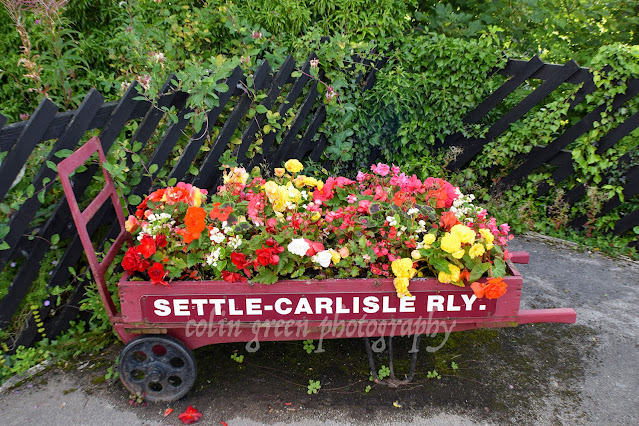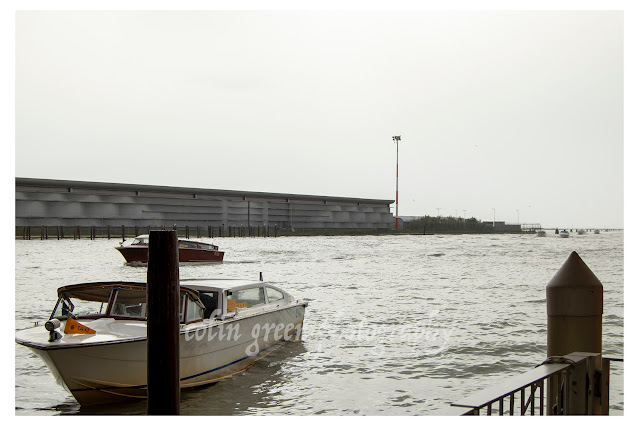Settle Railway Station. The very name conjures images of windswept Yorkshire Dales, the rhythmic chug of a diesel engine, and the promise of adventure along one of Britain's most celebrated railway lines – the Settle to Carlisle. But this unassuming station, nestled approximately a mile west of the charming market town of Settle, holds a history far more intriguing than its present-day modest appearance might suggest.
For those who simply see it as a convenient gateway to the Dales, it's worth knowing that Settle Station is actually the second to bear that name. The original "Settle" station, which opened its doors way back in 1849, is the very stop we now know as Giggleswick. Imagine the confusion for early travellers! It wasn't until May 1st, 1876, that our current Settle station came into being, initially grandly christened "Settle New Station." The original then became "Settle Old" before finally settling on the name Giggleswick in November 1877 – the same moment "New" was quietly dropped from Settle's title. A little bit of railway renaming trivia to impress your fellow passengers!
While the hustle and bustle of a major city station is absent here, Settle retains a certain charm. Staffed part-time, it offers a glimpse into a more traditional era of rail travel. And speaking of tradition, the connection between the platforms has its own fascinating tale. For years, passengers and porters alike relied on a simple barrow crossing at the northern end. But in 1993, progress arrived in an unexpected form. A bridge, made redundant by the electrification of the line at Drem Railway Station in East Lothian, was carefully dismantled and reassembled here in Settle. It's a testament to resourceful engineering, and as the author rightly notes, it blends in so seamlessly, you'd be forgiven for thinking it had stood there since the station's inception. Interestingly, the old barrow crossing still sees occasional use by station staff and wheelchair users, a tangible link to the station's past.
The historical significance of Settle Station hasn't gone unnoticed. In March 1984, it proudly gained Grade II listed status, recognizing its architectural and historical importance. Adding another layer to this historical tapestry is the beautifully restored signal box. Although it ceased operation in 1984, the dedicated efforts of the Friends of the Settle - Carlisle line have brought it back to its former glory, a silent sentinel overlooking the tracks.
These glimpses into Settle Station's past were captured on a sunny August day in 2016, through the lens of a Nikon D3300 SLR camera. These images likely tell their own story, freezing moments in time at a station that has witnessed generations of travellers embarking on their Dales adventures.
So, the next time you find yourself waiting on the platform at Settle, take a moment to appreciate the layers of history beneath your feet. It's more than just a stop; it's a living testament to the enduring legacy of the Settle to Carlisle Railway and a charming piece of Yorkshire's railway heritage.
Clicking any of the images below should open a link in another window to my Colin Green Photography store on Zazzle.

















%20Church,%20Todmorden%20a%2012%20x%208.jpg)
%20Church,%20Todmorden%20b%2012%20x%208.jpg)
%20Church,%20Todmorden%20c%2012%20x%208.jpg)
%20Church,%20Todmorden%20d%2012%20x%208%20copy.jpg)
%20Church,%20Todmorden%20e%2012%20x%208.jpg)
%20Church,%20Todmorden%20f%2012%20x%208.jpg)
%20Church,%20Todmorden%20f%2012%20x%208.jpg)































